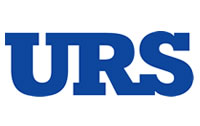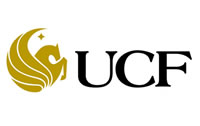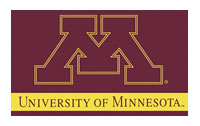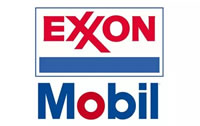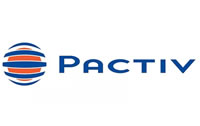The leadership imperative for PdM.
Predictive maintenance (PdM) describes a maintenance activity that seeks to identify and correct defects prior to an asset’s failure. So we can be aligned with the definition of PdM, within this article I will use the definition for PdM found in “The Professional’s Guide to Maintenance and Reliability Terminology” (Gulati, Kahn, Baldwin; ReliabilityWeb.com, 2010; ISBN: 978—0-9825163-6-2):
Many people have had disappointing experiences with PdM programs. Let’s look at the key determinants of whether a PdM program will succeed or fail.
The first aspect is that PdM is a strategy based on condition monitoring. It’s not merely the use of, say, a vibration analyzer or an infrared camera. You must identify the most appropriate technique for measuring development of defects in the equipment in question. One way PdM programs fail is when you buy PdM tools but don’t have a systematic means (RCM or FMECA, for example) to determine which defects need to be monitored and how. If we don’t monitor the correct parameter, we’ll miss the indication of a defect. Experimentation is good for getting a feel for predictive techniques, but buying tools and then looking for a way to use them is very ineffective and inefficient.
The second aspect, “assess whether it will fail during some future period,” is critical. Predicting failure is not an exact science; it is interpretation of a probability of failure. The severity or the acceleration rate of a defect will influence predictions of the likelihood of near-term failure. The problem is that a part or a machine may fail much sooner or later than the best experts can forecast. Operations and senior plant leaders need the best information available to make the best decisions. Therefore, the PdM analyst, program manager, and maintenance manager must be able to clearly communicate defect indications and their rationale for their recommendations of when and how to take action.
Defects give off indications that there are developing or established problems through temperature changes, vibrations, property rates of change, etc. When we aren’t looking for the right physical changes, when we lack trust in estimations of remaining useful life, or when we fail to take appropriate action, the PdM program will not provide value.
How does all of this relate to the normal leadership and management focus of this monthly column? With PdM, as with any program, leaders need a clear understanding of the value proposition. Predictive maintenance is an excellent maintenance strategy when properly applied. Leaders need to know and support what it takes to derive value from a PdM program for that program to be successful. PdM program managers need to provide trusted advice so that their teams can make the best decisions. Don’t skew the data, but strive to build trust in your interpretations, given the uncertainties and questions you will likely face.
Of most importance, before you expect to see value from a PdM program, make sure you have the capability to convert identified defects into corrective actions and execute these actions to avoid failures. The way to do that is to have control and stability of maintenance management processes.
Leaders who understand PdM strategy, who put appropriate techniques in place, who become trusted advisors, and who execute effective corrective actions will achieve value from a PdM program.
Contact Alidade MER for in-plant Productive Leadership programs. Our program includes pre-surveys to baseline motivation levels, time spent with the managers of attendees, two days of Productive Leadership knowledge transfer, and a post-survey to show changes in motivation after two to three months of post-program leadership implementation. Contact us at [email protected], or by phone at (321) 773-3356.




